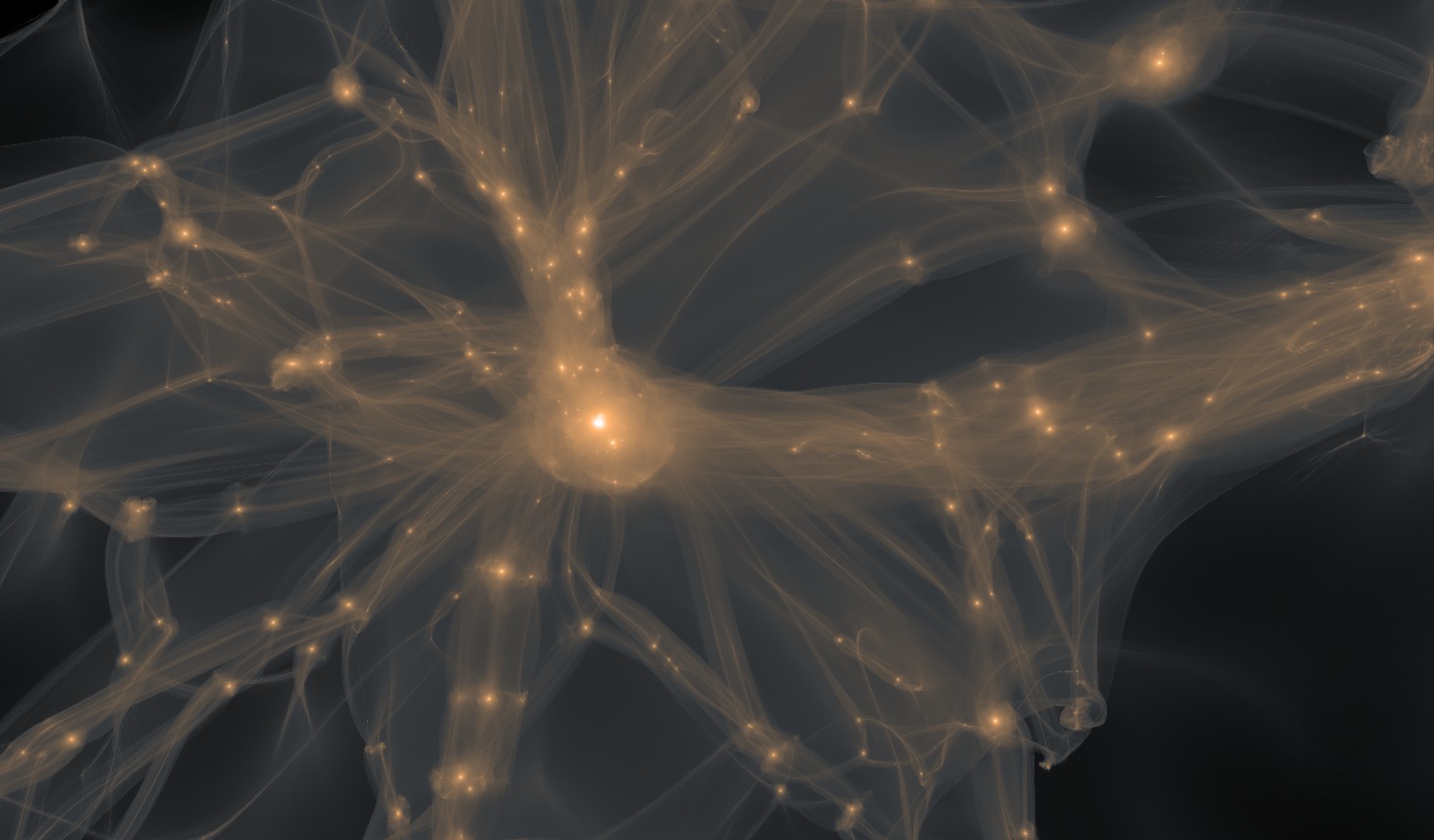science

Duncan received his Ph.D. in Physics from the University of California, Santa Cruz in March 2025. His dissertation, Prospects for Finding Primordial Black Holes With the Rubin Observatory, presented a new statistic to detect microlensing events and discover black holes as they pass in front of stars in the Milky Way, making use of the multi-color images from the Rubin Observatory. It also introduced a new Monte-Carlo method to efficiently produce distributions of these alignment events, which takes the computational requirements down from months on a supercomputer to minutes on a laptop. He contributed to the Rubin Observatory’s LSST Camera under Steve Ritz, through the Santa Cruz Institute for Particle Physics. He has previously studied theoretical questions in inflationary cosmology with Michael Dine (publication below), and is interested in mathematical physics, string theory, and holography.
As a representative of the US Particle Physics community and the SLAC Users Organization, Duncan traveled to Washington D.C. in March of 2019 to speak with congressional staffers about the impact of basic research on the country.
Duncan graduated from Stanford Unviversity in 2017 with a B.S. in Physics and minor in Computer Science. His research was focused on computational cosmology, studying the Large Scale Structure of the universe under Risa Wechsler.